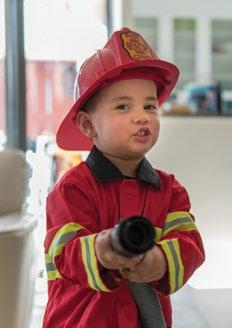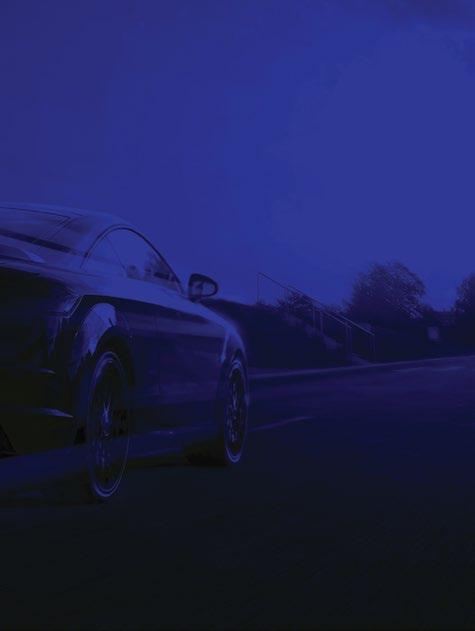
3 minute read
Education AZ529, Arizona’s Education Savings Plan Helps Bring Dreams to Life with Creative Photo Contest

Photo courtesy of AZ529

AZ529, Arizona’s Education Savings Plan and the Arizona State Treasurer’s Office are inviting kindergarten through 12th grade students across the state to take a creative photo of their future dream job for the “My PicturePerfect Career” photo contest.
Summer vacation is an ideal time for families to talk with children about what they’d like to be when they grow up and explore potential career interests with trips to Arizona libraries, museums, and other local hands-on learning resources. Taking and sharing pictures while discussing job aspirations is the goal of this summer’s “My Picture-Perfect Career” Photo Contest, which is open to students through 12th grade across Arizona.
Students are encouraged to take or pose for a photo representing themselves in their dream job. They can take a selfie, pose for a picture, invite friends and family into the shot or come up with their own creative ideas. The final photo just needs to visually communicate their vision of a dream job – whether the participant is in front of or behind the camera! A total of 10 winners will be selected across the state and receive $529 towards opening a new or existing AZ529 Education Savings Plan. Winners will be selected from across Arizona’s 15 counties.
The goal of the photo contest is to increase awareness of the AZ529 Plan and pave a path for another generation of students to achieve their post-secondary dreams through proper savings. Winners will be honored by Treasurer Kimberly Yee during a special ceremony at the state capitol in September. Be advised that by submitting photos to this contest, you acknowledge and agree that the photo may be publicly displayed.
In total, $5,290 will be distributed to
10 students to assist in saving for their educational plans beyond high school. Parents or guardians of the winners will be responsible for setting up an AZ529 account if an account does not already exist. All entries must be submitted by Sunday, July 9, at 11:59 p.m.
The AZ529 Education Savings Plan offers a tax-free approach to setting money aside for college, community college, vocational training, trade school, and other educational avenues for high school graduates. Arizona residents can receive a dollar-for-dollar state tax deduction for contributions made to an AZ529 account each year, of up to $2,000 per beneficiary or $4,000 per beneficiary depending on filing status. Funds earned over time will remain tax-free when used for a wide variety of covered educational expenses. Additionally, friends and family members may add to a child’s AZ529 Plan at any time and earn the same tax benefits for themselves.
For more information about AZ529, visit az529.gov. For complete contest details and rules, visit az529.gov/photocontest.
Want a reason to play with your food? While adults may discourage us from doing so, food items can teach us a lot about science, especially chemistry. And it can be fun too! In this activity, you’ll learn about how vinegar and baking soda create a reaction and form carbon dioxide bubbles. When a raisin joins the (dance) party, the bubbles that are formed stick to the raisins and their many wrinkles, causing them to float to the top. When the raisins reach the top, bubbles tend to pop and release the gas which, in turn, allows the raisins to sink back down to the bottom.
Supplies
• 1 clear plastic cup
• 1 teaspoon baking soda
• 6 to 7 raisins
• Water
• Vinegar Challenge
• Fill you cup about halfway with water
• Add one teaspoon of baking soda and stir until dissolved in water
• Add 6 to 7 raisins into the cup
• Very slowly pour in vinegar until cup is three-fourths full
• Watch the raisins dance
What did you think would happen to the raisins? Did they surprise you? What happened? What do you think is causing the bubble to form? What type of gas is it? You can try this experiment with other small fruits–how do you think the reaction would be different if you used grapes? Or a blueberry. What about a cherry tomato?
There are lots of different ways to learn about science in your very own home. Science is all around us, and as long as you ask and have supervision, it is great to be curious about what other experiments you can conduct. Visit azscience.org and find experiments just like this!
Sari Custer is a lifelong science junkie, Chief Curiosity Officer at Arizona Science Center, and mom to daughter Carson (7). Follow her on Twitter and Instagram @SariOnScience.








